
Who is Rosie Frankowski?
– One of the world’s top skiers yet the one that you’ve not necessary heard about. Originally from Minnesota , Rosie long lives, trains – and works – in Alaska. While not officially a member of US Squad A ( and thus lacking much of material support afforded to the USA’s bestest) , Rosie is a regular at the international competitions including the Olympics 2018 ( 21st at 30k C) and Seefeld 2019 ( 24th in skiathlon)
Why is this fairly long interview?
– Because it’s nothing short of fascinating to learn how different the whole pro-skiing system is set up and works across the ocean. In a word: much tougher conditions in nearly everything.
Here’s our conversation with Rosie, slightly trimmed for length ( we do not believe in long pieces and never will).
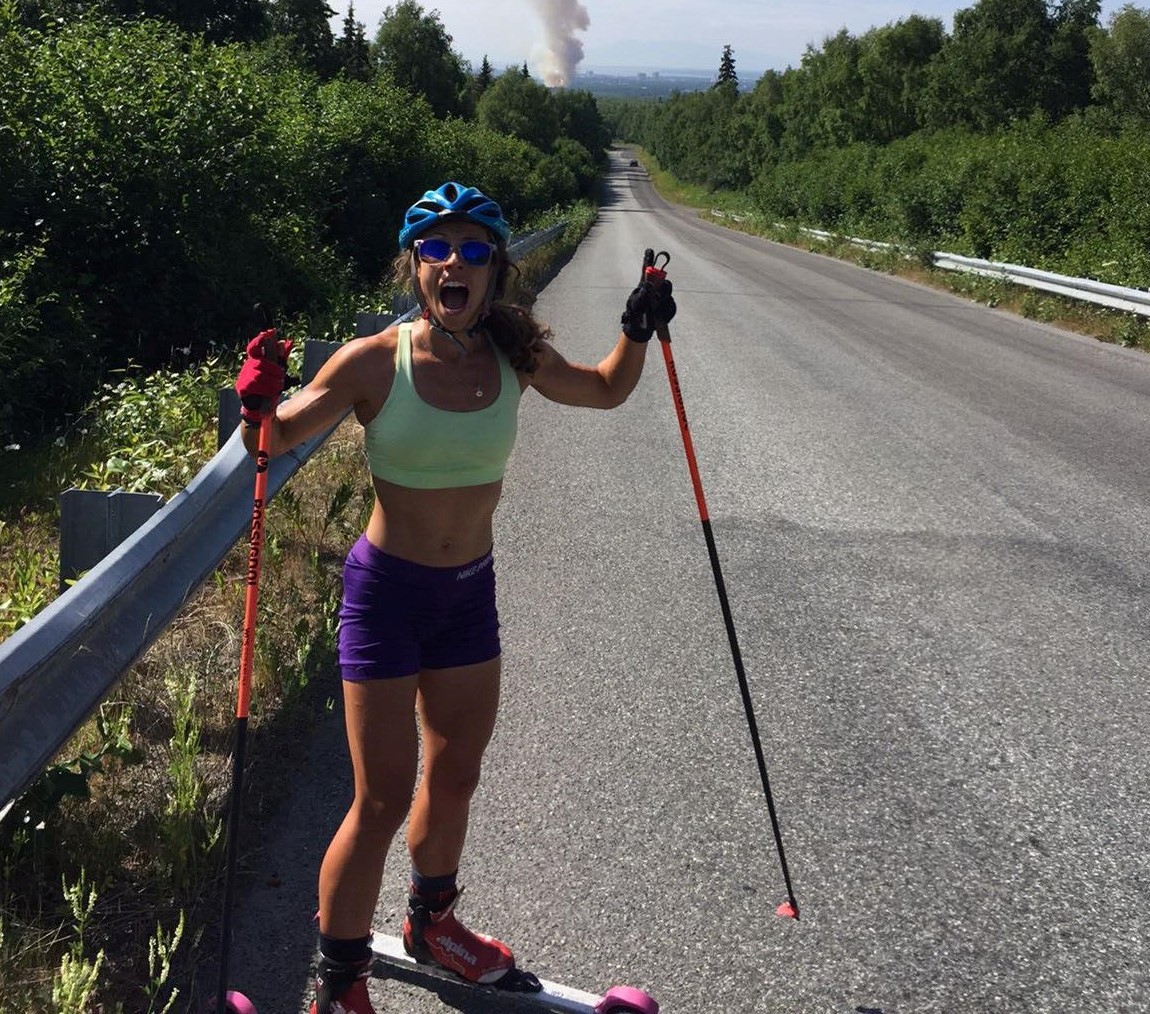
On motivation to ski on top level:
– I work, and have worked my entire ski career and in college, to be able to train and race at the highest level. To be clear, I am only working part-time, about 30 hours a week on average in the summer and fall, and about 15 hours a week while traveling in Europe or Lower 48 during the winter season. My motivation to do this comes from necessity. While there are companies who sponsor athletes at this level, the honest truth is that Nordic skiing in the US is a very fringe sport, and really not many people nationwide even know it exists. By financial necessity I have to work to pay the bills, like every other person.
I think if you ask a lot of American skiers, and I imagine athletes around the world, there is much more than just a burning desire to win, or a salary, that is motivating them to ski race. Especially in the US where you are likely not getting a guaranteed stipend for the job, you still see a fairly large amount of skiers continuing to ski race after collegiate skiing, or right out of high school. If a person only ski races for a salary or for the fame and fortune that come from winning, I am afraid they are probably never going to understand why I (and countless others) ski race. There is something inexplicable that makes you continue to strive for your goals, and toe that line with everything you have on that day. That is magic and you can’t find that in many other “jobs”. So even if you aren’t winning or aren’t making the big bucks, it is pursuit of passion that keeps bringing one back.
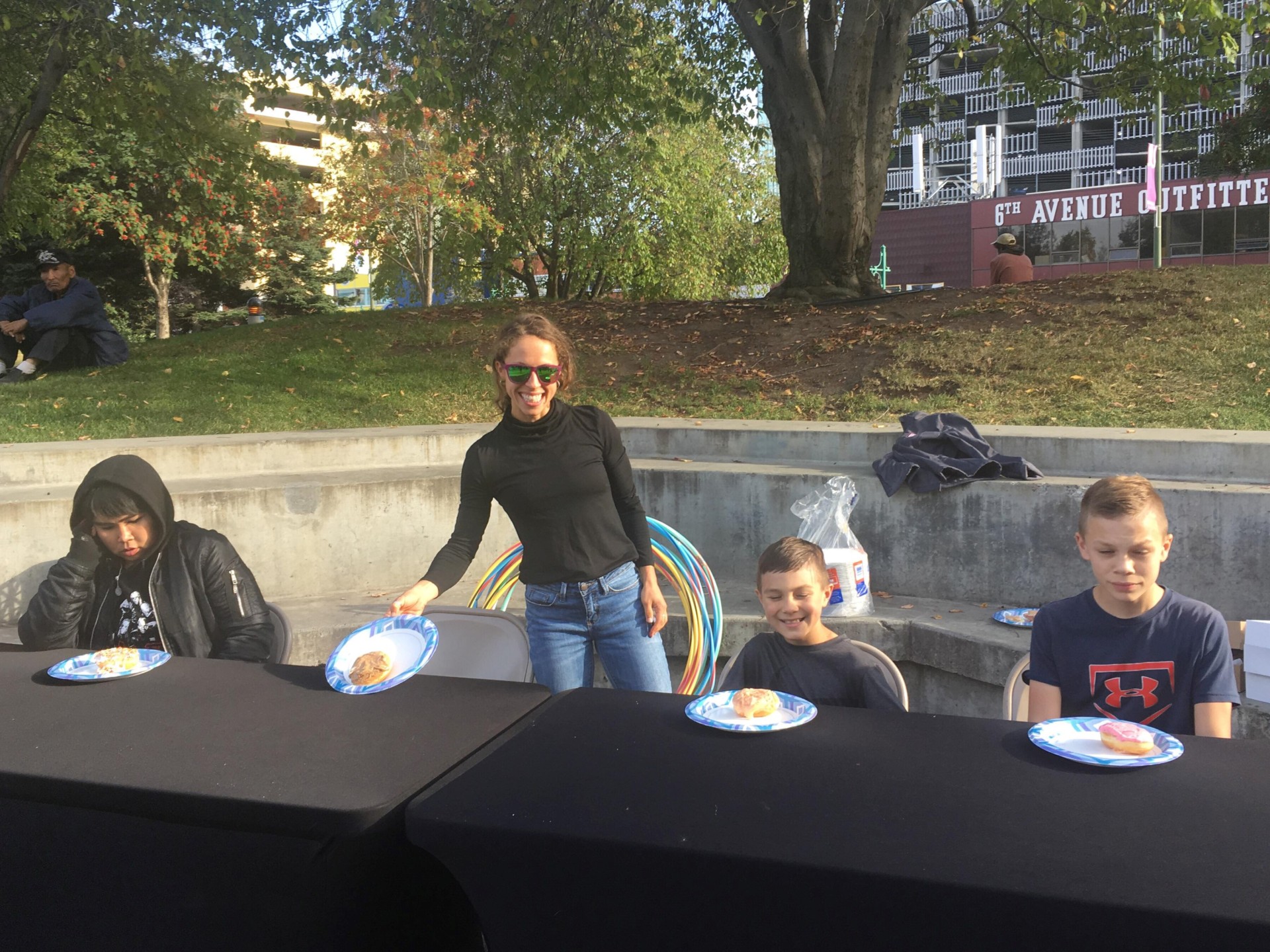
On how a top-tier athlete in Nordic skiing in the US gets by:
– At the very top level in the US, you can find a sponsor (or likely multiple) who will pay you to ski race, but it is getting increasingly harder to find big sponsors, somewhat I think due to the increased success of American athletes (not a bad thing at all!). Currently, we have a lot of athletes who are performing at a high level internationally or domestically who are skiing into their late 20s and 30s, and so the pool of people looking for financial support is much larger than it was historically. Simply said, there’s more competition for (what I believe to be) a limited amount of potential resources. I am not on the US Ski Team (A or B team) and so I have to pay my own way for travel, lodging, wax, etc. while racing on the World Cup. As you can imagine that adds up very fast when you spend months in Europe on the road. Coupled with typical living expenses such as rent, health insurance, transportation, food, etc., the pursuit of ski racing has a very large price tag. To afford this price tag now, and to prepare myself for the career I will need to get after ski racing, I work at a non-profit organization in Anchorage, and I adjunct teach at a local university. I also believe that it makes me happy to work outside of skiing and so although the days are long, I believe there are other intrinsic values that come out of working on the side.
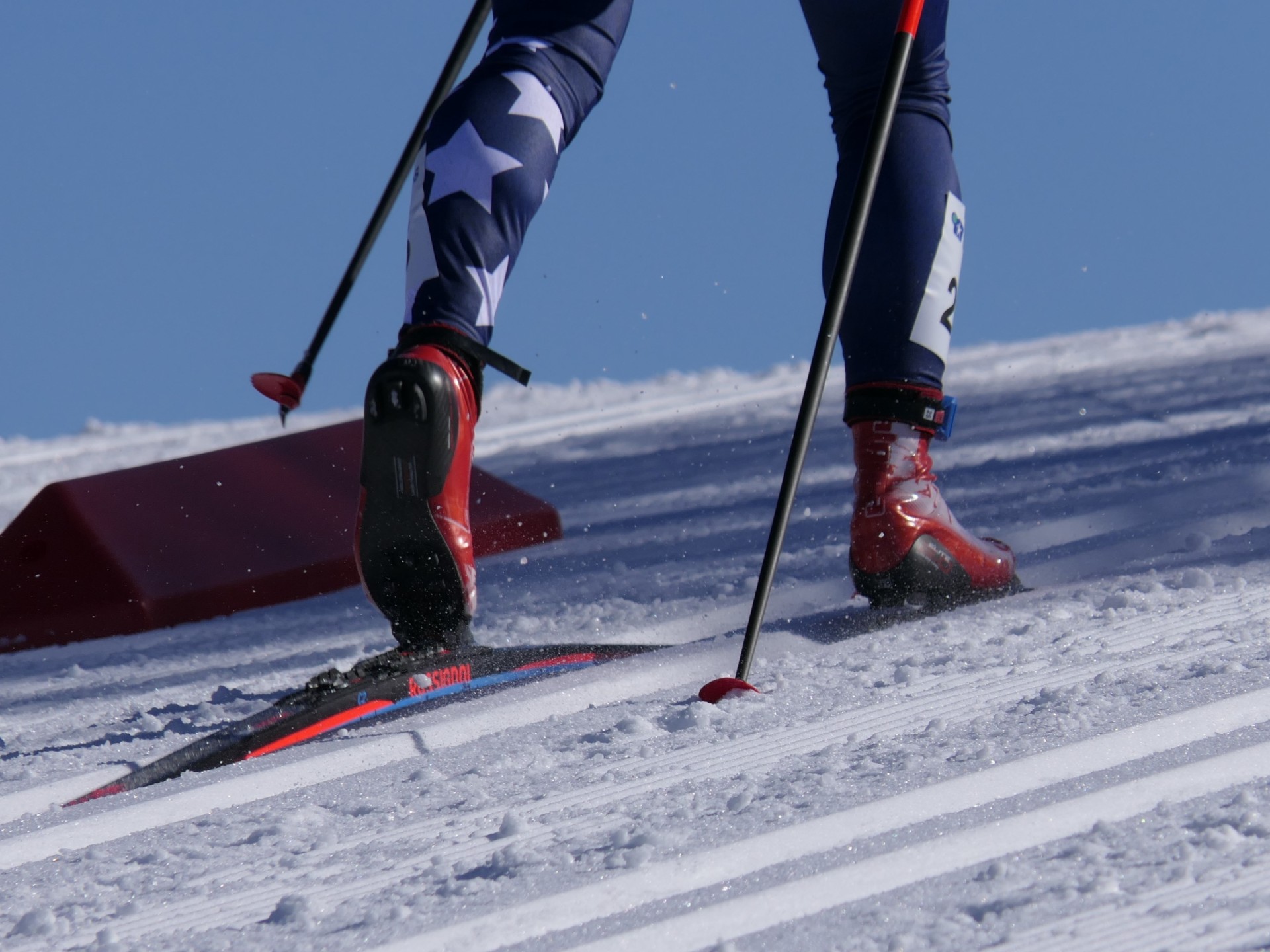
On coaching, waxing & other support:
– I have a coach who is the head coach of our club and coaches Sadie Bjornsen, Rosie Brennan, and more World Cup skiers: Erik Flora, and I have an incredibly strong team of women to train with, day in and day out. I chose APU because there existed a strong team, larger than most clubs. This means you always have someone to train with and to push you. That is one of the main reasons I have improved in the past 5 years. On the road, usually a physiotherapist travels with the US Ski Team on the World Cup, so I do have access to a physiotherapist on the road, and in Anchorage, there is an amazing volunteer PT I could see if I needed to.
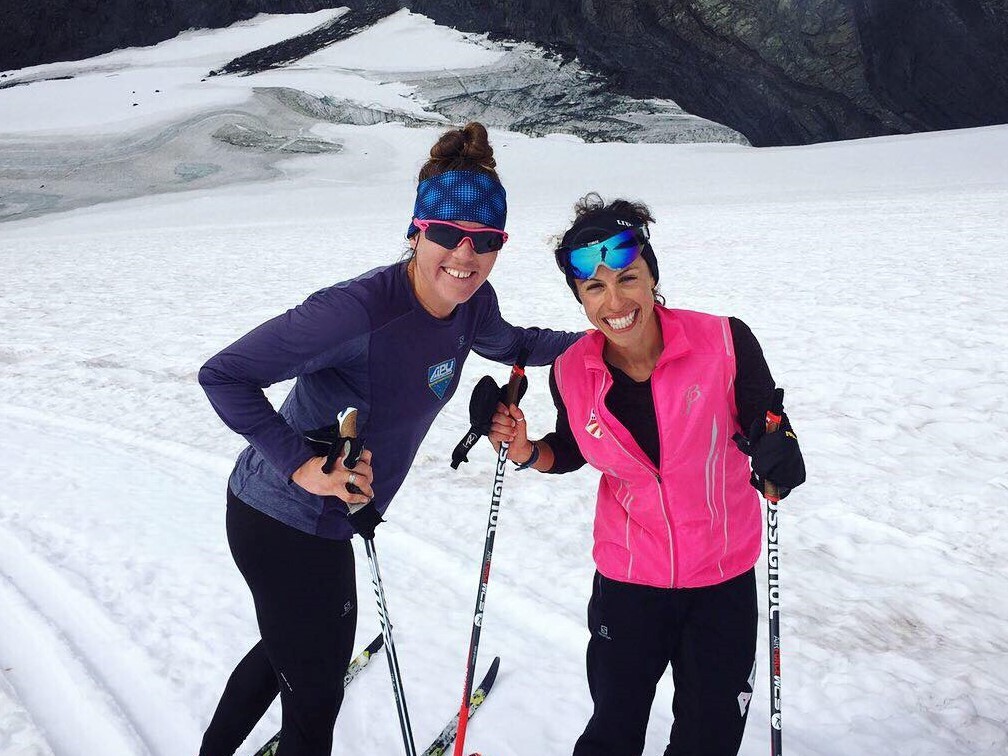
I am also fortunate to have health insurance through Medicaid, a US government program, so I have a doctor I can go to if I get sick/hurt. On the road when we are racing domestically in the US, APU Nordic Ski Center provides a waxer for our team, and on the World Cup, sometimes APU supports a World Cup waxer for a couple of us not on the US Ski Team. This fall, I am working to figure out a waxer for Period 1 start rights just because it is a hard time for a club waxer to come over to Europe. Overall, I do have a lot of the things all World Cup skiers have. The difference is a lot of them provide their services by volunteering and just being ski supporters. I am very lucky to have a strong club that tries to help when they can as well.
Here’s the budget breakdown:
– The estimated cost to spend one day in Europe on the World Cup is about $125 for room and board. If you multiple that by the number of days in a winter season on the road, it quickly grows. A good estimate of the cost of racing in Europe for an entire season (including transportation and travel costs) is about $25,000. This means you are on the World Cup, staying in the FIS designated hotel, and racing every weekend. Currently, I have Period One race start rights for the distance races if I would like them. I am working on trying to find sponsorship to support those costs of the first three weeks of the World Cup. In the past I have applied for grants from nonprofits in the US, or organized crowd funding fundraisers online. Right now, I need to find some strong sponsors to cover this season or it will impact the races I participate in.
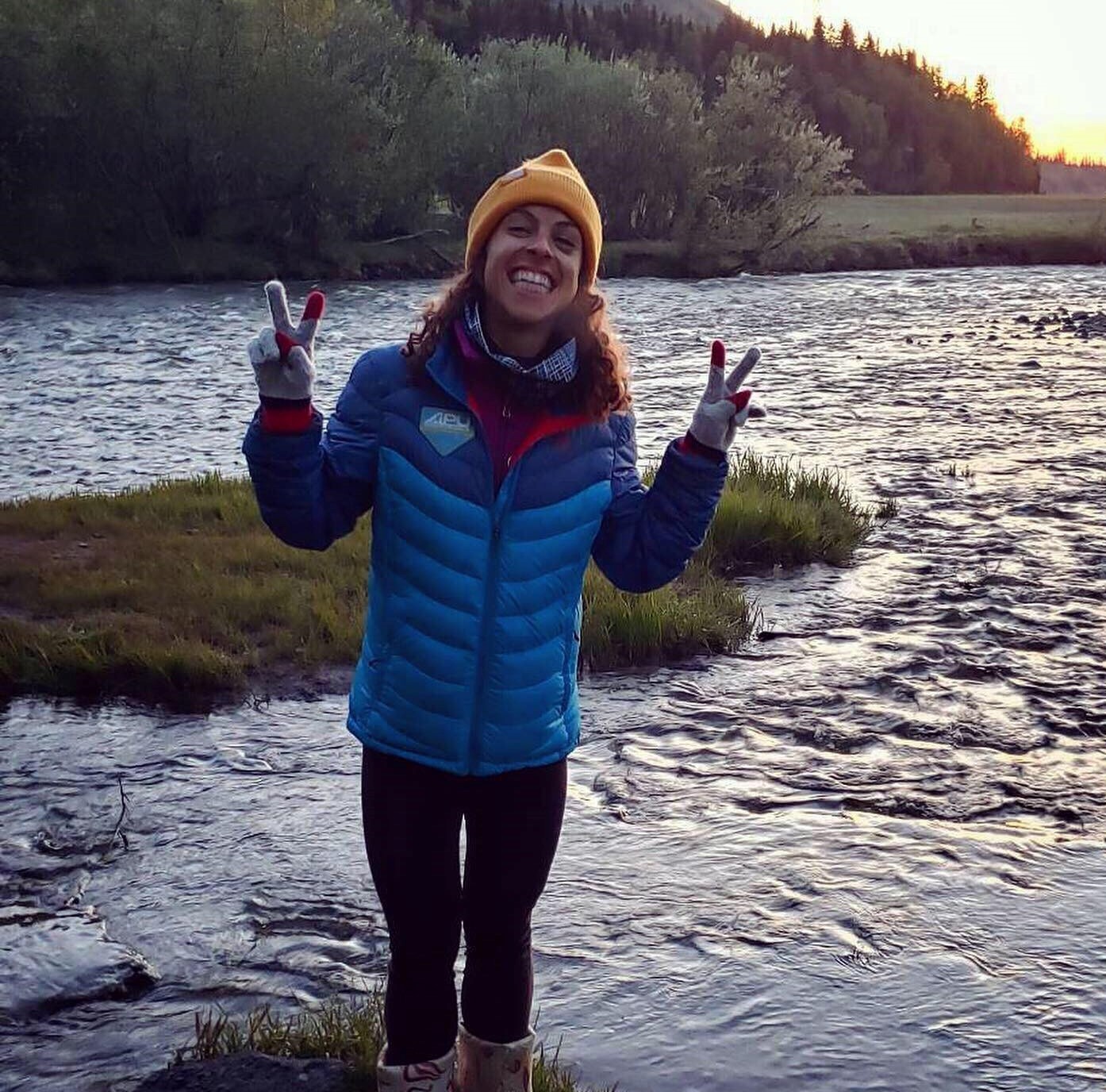
On existing sponsors:
– I am a Rossignol athlete for skis and poles, and an Alpina athlete for boots. I have shin problems and Alpina boots, mixed with the stability of Rossignol skis, are the best fit for me to deal with my shin issues. I choose Rossignol probably 4 years ago now because the US domestic representative, Evan, worked with me to pick out a good ski fleet, and I love the feel of the skis and how great they are for climbing and stability. I have enjoyed working with the Rossignol World Cup team while I have been on the World Cup. I switched to Alpina 2 years ago after shin problems were starting to really affect my racing performances, and I have been happy with the boots. They are very comfortable and their stability is great for my shins. I feel I have the best of both worlds, and I am thankful for both companies’ support.
– My sunglasses are are Goodr. They are a company that a lot of American runners use. I have them for skiing and trail/mountain running, which I compete in during the summer a fair amount in Alaska. they are light, and not as ugly as other sports brands.
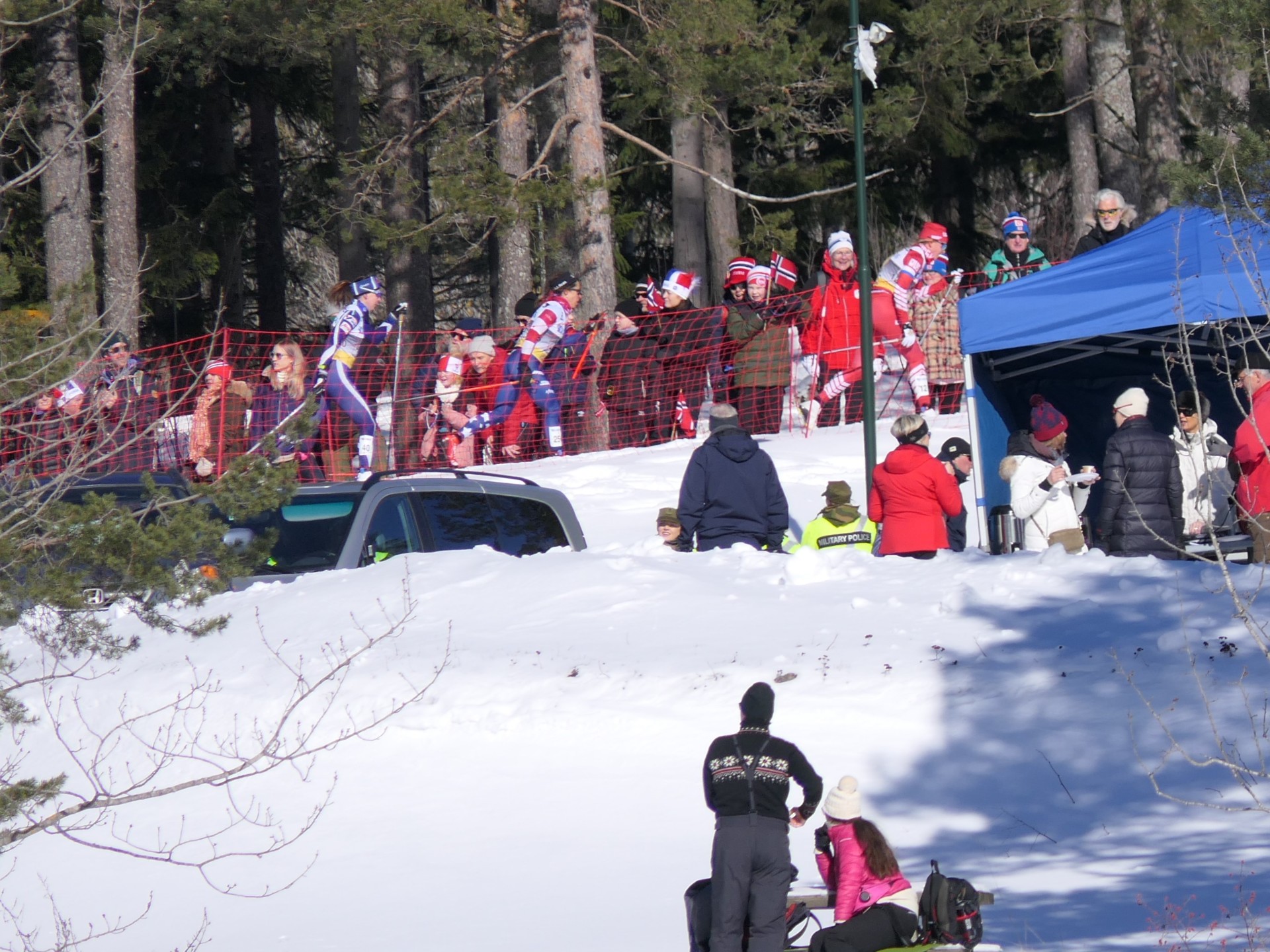
How to grow cross-country skiing in the US:
– The biggest way to change the US’s perception of Nordic skiing is to find ways to show people what it is. The Minneapolis World Cup in 2020 is something that will show Americans how skiing can be fun and, honestly, full of partying as a spectator. I think so many Americans associate skiing with something their grandparents do, walking around with skis in the winter. They don’t see the racing side as much. This is definitely changing as more and more urban centers are developing large clubs, but the general population is not as aware.
The more we grow skiing, the more resources will circle around it. However, keep in mind the US is a county of 330 million people, and more than half that population lives in places where it doesn’t snow or get cold. Since sport is not state supported, the market and economy of the industry will ultimately need to grow to bring NFL level salaries into Nordic skiing.
I would love for Nordic skiing to grow and be more friendly to sponsors, television time, etc. I just think the commercialization of Nordic skiing in the US has a few more obstacles than in Europe. BUT the more people we get out on skis, leading healthy lifestyles and building community relationships–the better.
People want to be active and are excited to try new ways. Unfortunately, to really spread skiing, the major barrier of entry is the price of equipment and I think most people don’t want to invest at least $150-250 on a sport they haven’t tried. And we all know that skiing on terrible skis and in uncomfortable boots is no fun, so I think you have to really invest in good equipment to learn how to ski well and have fun doing so. The effort of Jessie Diggins and the Minneapolis group who are bringing the World Cup to the US will help, because people will see how cool skiing can be at the highest level. And local clubs are very important in getting people to try skiing by holding informal, fun races/events. I think it (growing skiing) will happen organically. However, I also believe right now in the US there are larger political issues we need to address than growing Nordic skiing.
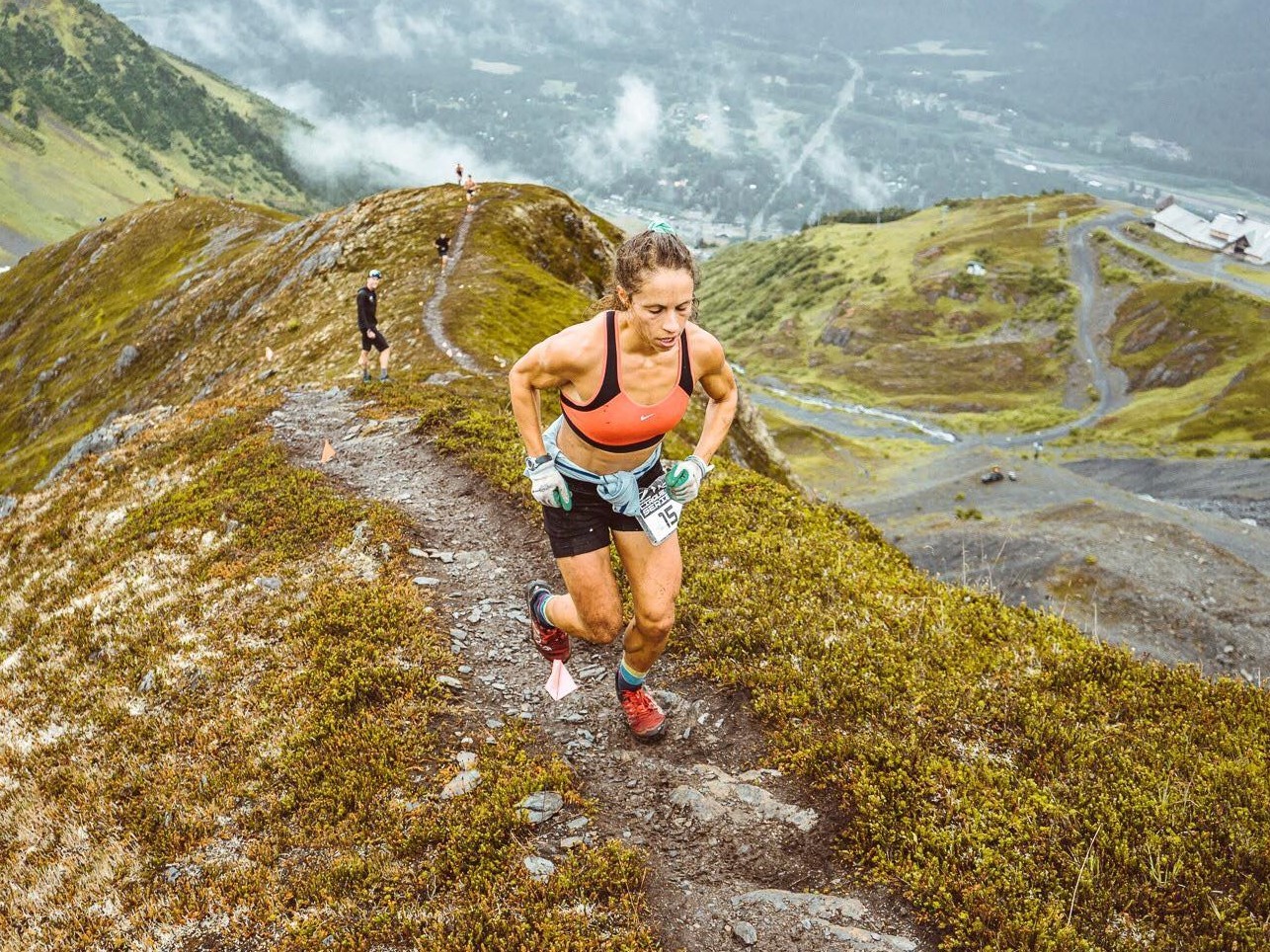
Related Posts
- BMW Cars Fit My Character – Daring And Always Want To Be First
- Team GB Is Doing Something Right
- Northug’s Top Moments ( Arbitrary Chosen By Us)
- Belorukova On Altercation With Karlsson: I Do Not Regret What I Did – One Can Not Behave Way She Did In Race
- Markus Cramer Explains What Russian Skiers Got To Know By Working With Him – And What He Learned From Them
